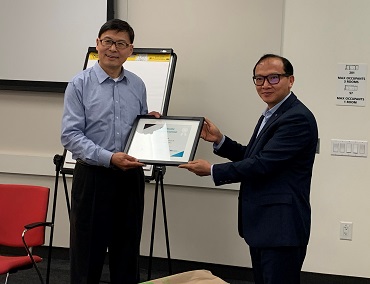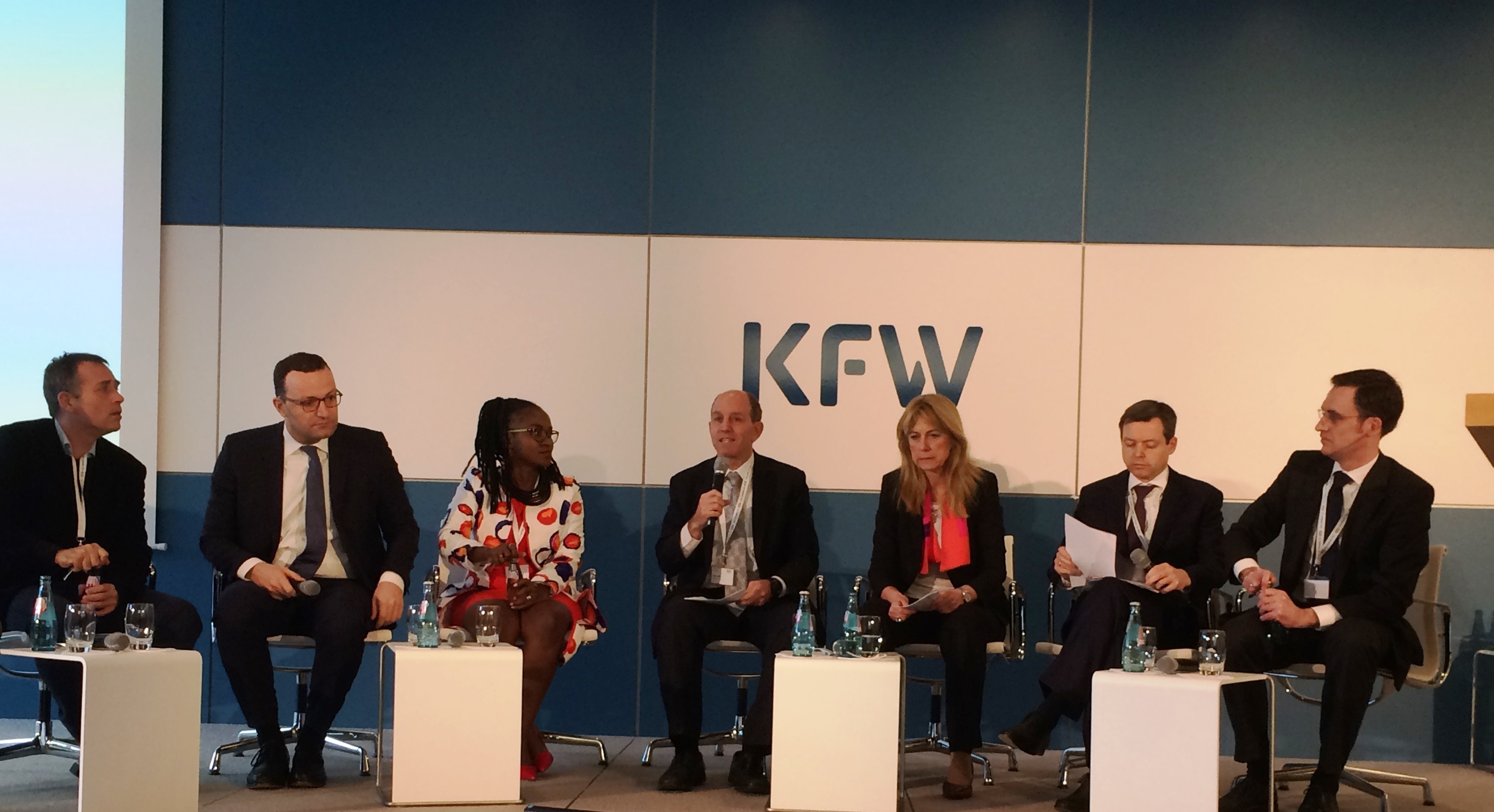Blog
Three Reasons SME Lenders Need to Address Currency Risks Now

In microfinance circles, the problem of currency risk—where international lenders lend to local institutions in hard currency leaving them with losses when the local currency depreciates—is known as the "original sin". And despite the inherent vulnerability of a system where the risks are pushed onto the weakest link in the chain—the microfinance institutions, or in some cases, borrowers themselves—microfinance thrived for many years before it finally began to shift toward a local currency model five or so years ago.
Internationally-funded SME finance is now where microfinance was 15 years ago. A few funds have emerged but the industry has yet to coalesce around a highly replicable model that solves the credit risk-return equation in a compelling way. Off-take export finance (which avoids currency risk) and investing in secured assets like factoring have both worked but have a long way to go to really have a big impact. Lending directly to SMEs from abroad remains very difficult as the cost of credit due diligence can overwhelm return. Equity suffers from an inability to exit.
None of this is insurmountable. But one thing is clear. If international SME finance is to grow and create the jobs that are needed, it will have to deal with the problem of currency risk much earlier in its growth cycle than microfinance did.
This is because SME finance does not have the same risk buffers that microfinance has.
- Larger loans sizes—and thus more concentrated credit risk;
- longer tenors—and thus less opportunity to adjust loan rates when costs change;
- and lower margins as clients operate in more competitive environments
all mean that SME lending has no space for absorbing currency risk.
And SMEs themselves know this. While many microfinance institutions and borrowers have historically been willing to accept currency risk largely out of ignorance, SMEs generally do not. That leaves it to the international funders to solve the problem by offering local currency in the first place.
Fortunately, hedging products and other services developed for microfinance are available to SME lenders. Hedging is now available in almost any currency, even illiquid ones, via specialized hedging facilities set up to serve development lenders. There is help available with forecasting and managing portfolio currency risk at the fund level where it can be diversified.
Lending in local currency can seem more expensive—but that is an illusion. Pricing in all the costs of loan—both actual and potential—clarifies the credit risk picture and gives investors confidence that their returns won’t go up in smoke.
Dealing with currency risk can seem like one more obstacle to finding a solution to financing the missing middle. In fact, the solutions to the currency problem are already in place. We just need to make sure they’re widely used.

















